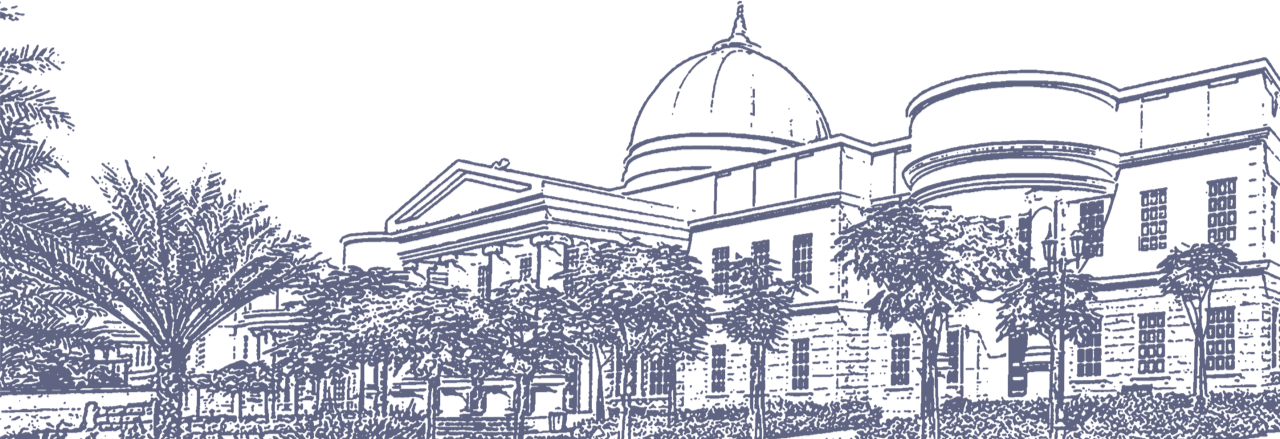📌Shelving and shelf-reading go hand in hand. Shelving ensures books are put back correctly, while shelf-reading maintains order and corrects mistakes. Both are essential to keeping the library collection accurate and accessible.
The Library of Congress Classification (LCC) is a classification system that was first developed in the late nineteenth and early twentieth centuries to organize and arrange the book collections of the Library of Congress. Over the course of the twentieth century, the system was adopted for use by other libraries as well, especially large academic libraries in the United States. It is currently one of the most widely used library classification systems in the world

Shelf-Reading
Shelf-reading is the process of checking shelves to ensure that all materials are in their correct order and location.
Why it matters:
Keeps the collection organized.
Ensures patrons can always find materials quickly.
Corrects books misplaced by patrons or during shelving.
Routine:
Shelf-reading is a daily task for student assistants.
A weekly assignment sheet will be posted on the circulation board, indicating which shelves you are responsible for.
After completing shelf-reading, inform the supervisor so the work can be checked and verified.
Best Practices:
Take your time—accuracy is more important than speed.
Pay attention to the sequence of call numbers.
Neatly adjust books as you go (straighten leaning books, push books flush with the shelf).
Report any damaged or missing labels to the supervisor.
Do’s & Don’ts:
✅ Work carefully and systematically.
✅ Use a bookmark or finger to track call numbers while checking.
❌ Don’t skip shelves—cover your entire section.
❌ Don’t rush, as mistakes in shelf-reading cause confusion later.
How To Read a Call Number

Shelving means placing books and other materials back in their proper location in the library collection.
Why it matters:
Keeps the library organized and user-friendly.
Ensures patrons can easily locate materials.
Procedure:
After completing your starting routines, shelving is your first task.
Behind the circulation desk, you will find two book trolleys:
Checked-in books trolley – Returned items that are ready to be shelved.
In-library use trolley – Materials that patrons used inside the library and left on tables.
Organize the books on the trolley first (by call number or section) to avoid running back and forth across different shelves.
Shelve the books carefully in their correct location according to call numbers.
Do’s & Don’ts:
✅ Double-check call numbers before placing an item.
✅ Handle books with care.
❌ Don’t rush—accuracy is more important than speed.
❌ Don’t leave books on the floor or out of order.
Rules

The American University in Dubai is a private, academically and culturally inclusive institution of higher learning, providing a globally recognized American education.
AUD Library
Sheikh Zayed Road
PO Box 28282, Dubai
United Arab Emirates
Call
+971 4 318 3183
+971 4 318 3182
Email
library@aud.edu

